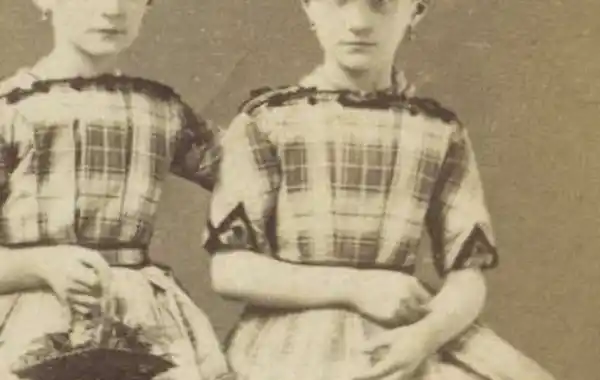What's the best thing to do if you're dealing with two ancestors who have the same, or very similar, names? Or if an unrelated person with the same name keeps cropping up in your searches? Read on for some expert advice.
At some point in your research it’s possible that you’ll come across one of the following situations:
- Two related ancestors with the same first name and surname – perhaps a father and son, or grandmother and granddaughter
- Another person with almost identical details to your ancestor, for example a John Richmond who, like your great-grandfather, was born in 1881 in Gloucester and married a Mary Smith
As you can imagine, the chances of a mix-up are high and can result in creating an almighty muddle on your tree with incorrect details and dates – and the awful possibility of research the wrong line altogether.
Janet Meydam of Family History Daily offers her top five tips on making sure you have the correct ancestor and fool-proofing your research techniques.
1. Head off possible ‘twins’ before you start a search
Whenever you add a new ancestor to your tree, take the time to search on a large database such as FamilySearch to find out how many people with similar dates of birth share the same name. You’re then forearmed when you begin to collect records relating to that ancestor. Aim to find out:
- Is there anyone else with the same or a similar forename/surname combination?
- Does any possible ‘twin’ share a birth date within ten years that could catch you off guard?
- Did the two people concerned live within the same area or district?
2. Start your ancestor fact sheet
If your searches reveal any potential for a mix-up, it’s time to create an ancestor fact sheet. This will also be helpful if you have two ancestors with the same name on any branch of your tree. The aim here is to build up a database of unique facts that will differentiate your ancestor from someone else with similar details.
Facts to note could include:
- Exact date and place of birth
- Full name, including nickname and any other identifiers such as married name or nickname
- Details of spouse and all children, including their place and date of birth
- Information such as occupation, religion or schooling – to help you differentiate between similar people
3. Continue your research armed with the facts
Now that you have your fact sheet, you can use this for any new searches you make – and add in unique details as you come across them. If you visit a library or archive, take the sheet with you and use it as a means of disregarding any facts that don’t add up. For example, was your John Richmond a stonemason? Then would he really be listed on a farmstead with the occupation ‘ag. lab’ on the census?
4. Don’t forget the other branches of the tree
The real clues as to which person is which often come from relationships with the people who surrounded them. So with this in mind, record details of siblings, parents, etc rather than simply adopting a ‘direct-line’ approach.
5. Take a wide-ranging view
Before you ‘claim’ a new ancestor from a new record, use the fact sheet approach and look at all the evidence dispassionately. No matter how much you’d like to incorporate the facts into your family tree, check names, occupations, locations, dates and any other facts you’ve been able to ascertain.
Does your scenario add up? Are you certain that you haven’t confused a father with a son? Could a female ancestor have conceivably have given birth on the dates you’ve got in mind or would she have been too old/young? Did a birth and baptism happen within a believable geographical range – was your John Richmond reallyborn in Edinburgh and baptised in Padstow? A little groundwork now will prevent you literally adding the wrong branch to your tree.
This article is adapted with kind permission of Family History Daily, from Janet Meydam's blog Two People Same Name: How to Avoid Mix-Ups in your Genealogy Research, which you can read in full here.
Family History Daily offers a wealth of free resources, genealogy tutorials & guides, and online courses. Enjoy the library of articles including:
What a surname can REALLY tell you about your family's past
Ready to contact your DNA matches? Here's what to say - and what NOT to say
(image copyright Rijks Museum)








